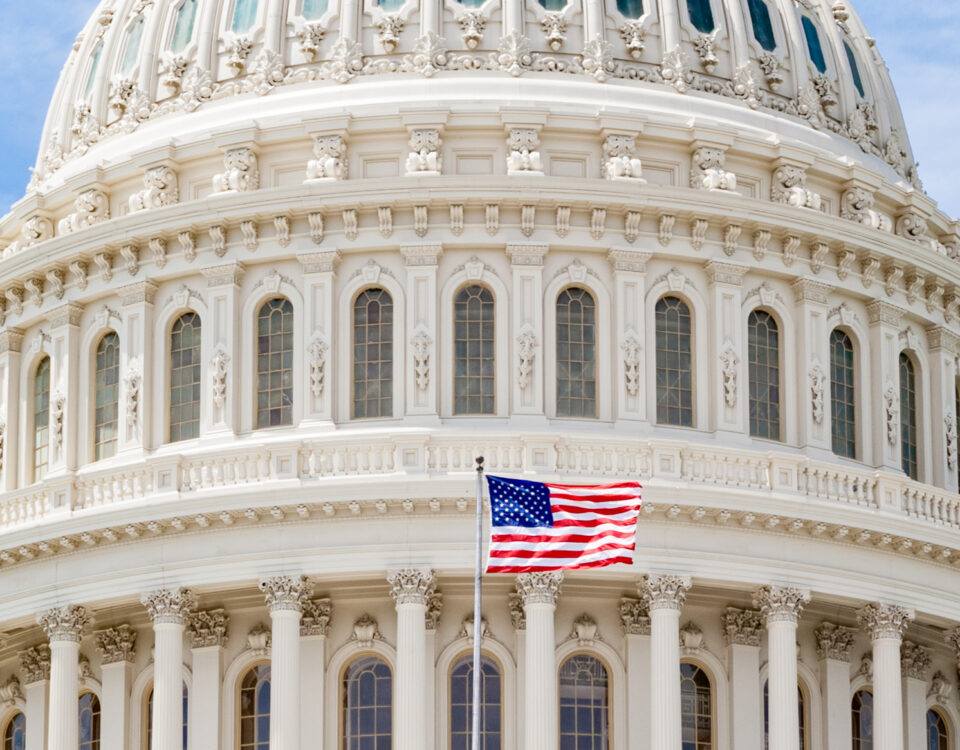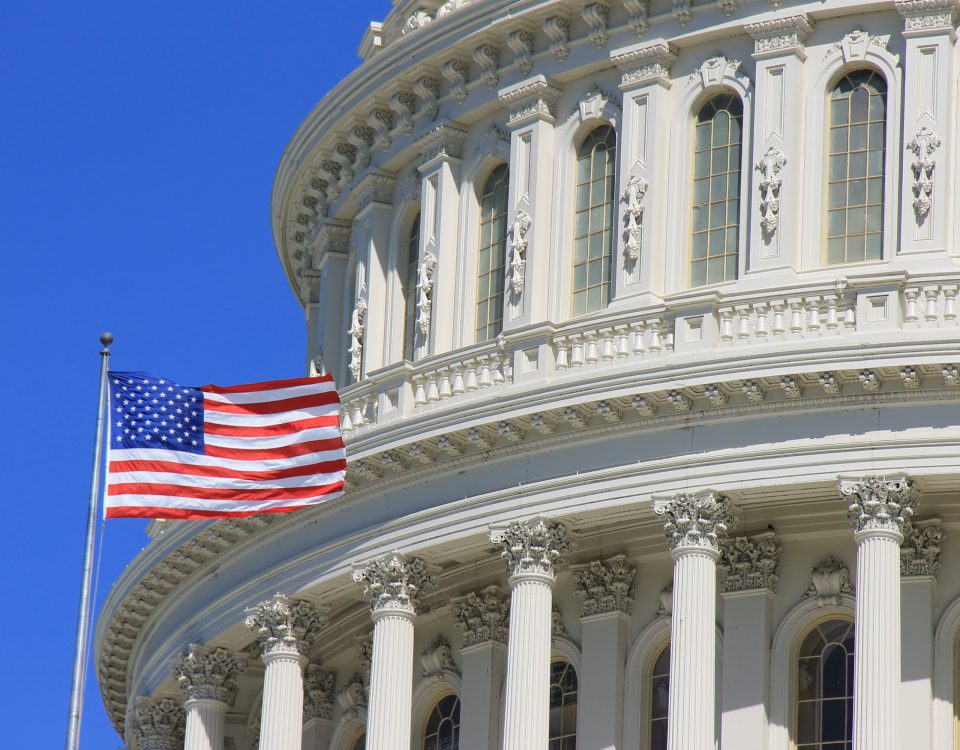
Friday 5-10-22-21
October 22, 2021
Defeating Anti-Business Legislation
December 14, 2021Biden Administration Vaccine Mandate – OHSA ETS Released

On Thursday (11/4), the Biden Administration’s COVID-19 Vaccine and Testing plan for private businesses, the OHSA Emergency Temporary Standard (ETS) has been published. While there are still many questions to be addressed regarding the order, we do have some early information for businesses. The order goes into effect on January 4, 2022, and the period for comments will remain open for 30 days from publish, December 5, 2021. The ETS requires all employers with 100 or more workers to ensure that workers are vaccinated against COVID-19, or implement a weekly COVID testing schedule, and follow masking requirements when working indoors. The ETS preempts state laws, such as state bans that prohibit employers from requiring masks or vaccines.
Please join us on Tuesday, November 9th at 4:00 PM for a special edition of the Greenville Chamber’s Community Matters program that will focus on the ETS and what it means for the South Carolina Business Community. We’ll be joined by Ashley Cuttino, shareholder at Ogletree Deakins, and the co-chair of the firm’s COVID-19 litigation practice. Cuttino will give an update on the ETS, it’s timeline in South Carolina, and take questions from our members. We hope to see you there.
Our partners from the U.S. Chamber of Commerce have put together the following fact sheet to help your business prepare for the mandate’s implementation. As always, please be sure to consult your legal counsel for specific questions regarding the ETS. The full 490 page text of the ETS can be found here.
Establishment of Program:
- Employers will need to develop a program to verify the vaccination status of all employees and maintain records of vaccination status and test results.
- Employers can provide a testing option for those employees who do not wish to be vaccinated. However, employers do not have to allow a testing option under the ETS.
Timeline:
- Employers will need to have workers fully vaccinated by January 4, 2022. This same timeline applies to employers covered by the previously announced government contractor vaccination mandate.
- For workers who are not vaccinated, the testing requirement begins on January 5 th . Prior to that date, unvaccinated workers do not need to be tested.
- However, other parts of the ETS are effective December 5. Starting on that date, unvaccinated workers will need to adhere to masking requirements in the workplace, employers will need to provide four hours of paid leave for workers to get shots, and provide additional leave for workers who need to recover from side effects.
- The ETS will be in effect for six months. After that, OSHA will determine if the standard should be made a permanent rule.
100 Employee Threshold:
- The 100 or more employee threshold is determined per company, not per location. It covers all U.S. employees. An employer is covered if, at any time during the period the ETS is in effect, they have at least 100 employees, even if at times they have fewer than 100 employees.
- For franchise operations, each franchisee is generally considered a separate business, but operators of multiple locations will be considered covered if collectively there are at least 100 employees at the different locations.
- Part-time employees do count towards the 100 employee threshold. • Independent contractors do not count towards the 100 employee threshold.
- Employees of staffing agencies are covered if the staffing agency has at least 100 employees.
- Employees working from home do count towards the 100 employee threshold, but they do not have to be vaccinated or tested if they are not coming into contact with other employees or customers. This is different than the regulations set out for federal contractors.
- Temporary and seasonal workers do count towards the 100 employee threshold if they are employed while the ETS is in effect.
Paid Leave:
- Employers must provide four hours of paid leave for workers to receive each vaccination dose. Employers may not require employees to use existing leave for vaccinations.
- Employers must allow “reasonable” time off to recover. OSHA suggests providing two days. Employers will not have to account for the rare cases where recovery takes longer than two days. Employers can require employees to use existing leave balances to recover from side effects of vaccination.
- The ETS does not require employers to provide paid leave to workers who test positive. However, other laws or collective bargaining agreements might.
Testing Option:
- Workers who are unvaccinated will be required to submit negative test results at least weekly starting on January 5, 2022. If an employee is away from work for more than a week, a negative test must be provided within 7 days before returning to work.
- Employers do not have to provide or pay for tests. However, other laws outside of the ETS may require employers to pay for tests, such as those requiring religious or medical accommodations. If you would like to assist your employees with tests, the Greenville Chamber offers a COVID Testing Partnership option. Click here to learn more.
- Employers may question employees about the basis of their religious beliefs related to an exemption from vaccinations. The EEOC has guidance on how employers should handle requests for a religious or medical exemption.
- Employers must immediately remove from the workplace anyone who tests positive. Employers must notify OSHA within 8 hours of a work-related positive case, and within 24 hours of a work-related case that involves hospitalization.
- Unvaccinated employees will be required to observe masking requirements in the workplace regardless of a negative test result.
- In the event that testing is unavailable or lab delays prevent getting a test result, OSHA will look at an employer’s efforts to comply and their record of compliance, and refrain from enforcement where the facts point to good faith efforts to comply with the ETS.
Vaccination:
- Booster shots are not currently considered part of the vaccination requirement under the ETS.
- Employees who have only received one shot of a two-shot regimen are not considered fully vaccinated, and thus must abide by testing and masking requirements.
- Employers must obtain proof of vaccination status. However, employers are not responsible for fraudulent documents submitted as proof.
- An employee who is not able to obtain proof of vaccination can provide an attestation.
- The ETS does not allow prior infection to count towards the vaccination requirement.
- There are three exceptions to the requirements of the rule:
- Workers who report to a workplace where no one else is present.
- Workers who work exclusively remotely.
- Workers who work exclusively outdoors, which does not include regular transportation in a vehicle with others.
- Workers who express a sincerely held religious belief or cannot be vaccinated for medical reasons can be offered a testing option.
Preemption and State Plan States:
- OSHA has made clear that the ETS preempts any inconsistent state or local laws, including laws that ban or limit an employer’s authority to require vaccination, masks, or testing.
- In state plan states, worker safety agencies may develop their own plan that is “at least as protective” as the OSHA standard. If they choose to do so, states must notify OSHA within 15 days and publish a plan within 30 days. The state plan can be more protective than OSHA’s standard. Click here for a list of state plan states.
Information Provided to Employees:
- Employers must provide to employees in a language (and to a literacy level) that they can understand: (1) information about the requirements of the ETS and workplace policies and procedures established to implement the ETS; (2) the CDC document “Key Things to Know About COVID-19 Vaccines”; (3) information about protections against retaliation and discrimination; and (4) information about laws that provide for criminal penalties for knowingly supplying false statements or documentation



